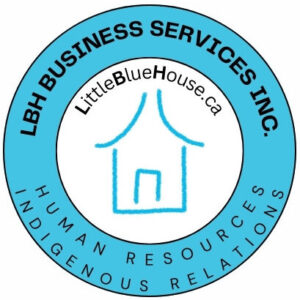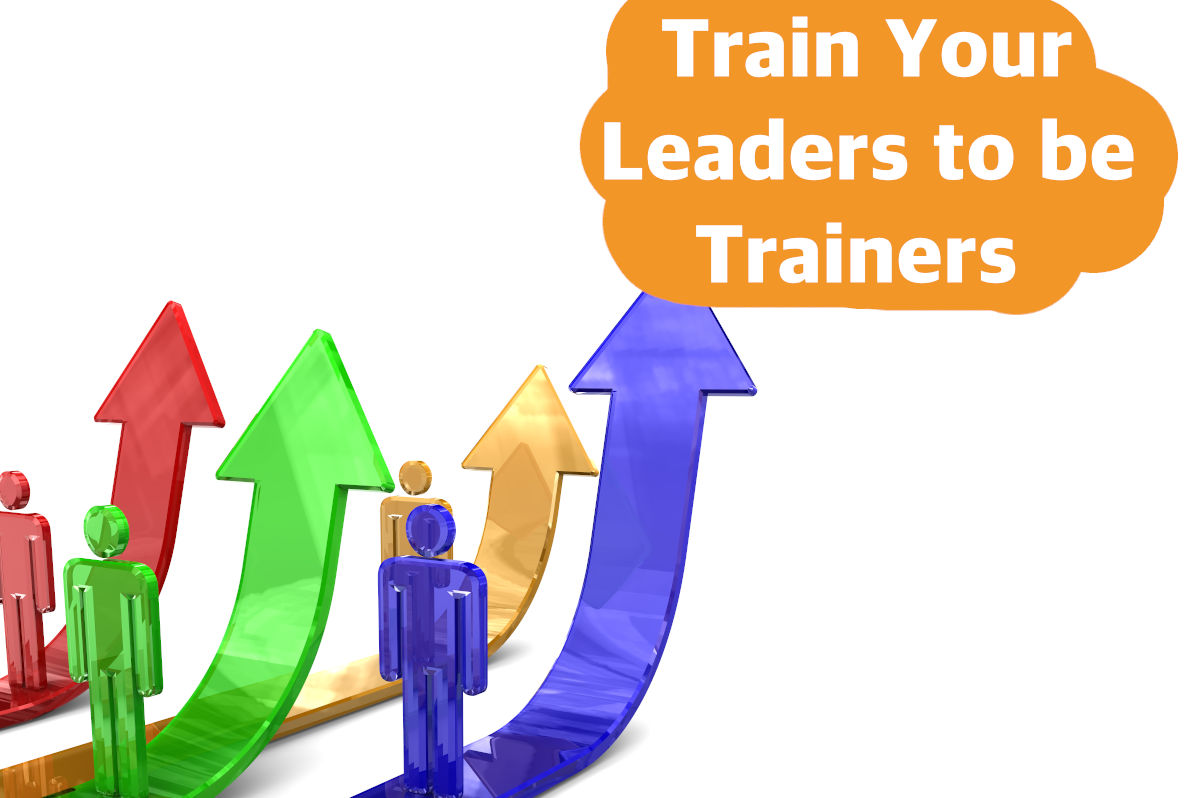In my previous article “What is the Role of Human Resources?” I wrote about the Path of Growth in relation to leadership. Leaders need to become trainers because a true leader creates other leaders.
You can train a leader to be a trainer by training all employees before they’re promoted, giving leaders a way to track employee performance more often and have them work closely with HR.
Read the rest of the article below to get more details.
Train Before Promotion
It is always a good idea to have a promotion from within policy. Although, promoting from within works best when you have a great training program before and after promotions. How to be a leader, supervisor, or manager is not naturally known when you’re an expert in your industry.
Team Lead
Being a team lead is all about motivating your team to perform and get the job done. The team size may be five to ten people in size. This is a great role for an expert in the industry that has taken some basic leadership and time management training.
At this stage, the team leader does not really work with employee issues. The team lead is responsible for reporting performance to the supervisor or manager. While still doing their own expected level of daily tasks.
Supervisor
The supervisor is one full step removed from the daily tasks of an employee or team lead. There still may be some daily tasks related to the work, but they would be at a lower level or some part of the work that is not as vital, like doing the final check. The supervisor’s main role is working with the team leads to solving mid-level issues. They may supervise three to five team leaders with fifteen to fifty people in the unit.
At this point, the supervisor is tracking employee performance with input from the team leads. Additional tasks are now related more to people management like tracking work hours, signing off on timecards, dealing with career development, and disciplinary issues.
All this data is sent to HR and HR supports the supervisors with people management issues. HR may have more formal training for supervisors at this level. The supervisor may not advance if they don’t have a management-related degree.
Manager
At one point in their past, a manager may have been an expert in the industry but at this level, it may not be as important. This is because a manager does not do any industry-related daily tasks. At this level, it is all about the people, statistics, and results that upper management needs.
A manager supports the five to ten supervisors under them and gives general direction to each unit. HR helps the manager deal with higher-level employee issues. HR also gives employee performance data and analysis to the manager so the manager can make better decisions about the unit and team sizes.
Before a supervisor is promoted into a manager role, they should have massive amounts of additional training or have a management-related degree with some training. Advancing to a role in upper management may mean getting a graduate master’s degree or MBA.
Employee Performance
If you have employees, you need a way to track performance more often. Yearly performance evaluations are not enough for an organization that wants to be agile and at the top of the industry. Monthly or quarterly should be the minimum that performance evaluations are done.
Simple Evaluations
So, if more performance evaluations are needed then you need to have a simple process. Right now, organizations may have five- to ten-page long-form evaluations that need to be done. These are a major waste of time for your supervisors and managers as it may take a week or more to get them done on the whole team or unit.
Keep evaluations short and simple so supervisors or managers only need five minutes or less to complete them. Use standard questions about performance and rate them something simple like 0-4. Zero being bad and four being a rock star top performer. A good employee should have an average of two each month or quarter.
These scores are tracked by HR to generate high-level reports for upper management and identify any issues over time.
One-On-One Meetings
After each evaluation, the supervisor or manager should have a quick five-minute one-on-one meeting with the employee to offer support, training, or set performance goals.
Fast Identification of Issues
These issues may never get noticed and addressed with a yearly evaluation process. The quicker an issue can be identified the better the whole organization will be. To learn more about creating a good performance evaluation read my previous article “Easy Employee Review Process”.
Team Up With HR
Team leads, supervisors, and managers need to team up with HR. HR is not a resource only for when issues arise. HR’s primary goals are to hire good employees, create great employees, and prevent issues. HR has a lot of great ideas for people management that only a seasoned manager may know.
Your leadership team member’s first goal before being promoted or right after being promoted is to start building a relationship with the HR department. Set your pride aside and ask for help and support. An organization is only as good as its leaders!
What Next?
It’s time to set up or improve your leadership training process. Partner with your HR department or an HR consultant to guide you through this process.
There are some great training books from James Kouzes & Barry Posner called the “Leadership Challenge” that I highly recommend on Amazon.
For human resources support in Canada, click here to book a free HR needs assessment now. If you’re on a budget, consider joining my Patreon to ask unlimited HR questions. If you need HR advice sooner, book a consultation via Fiverr here.
HR questions. If you need HR advice sooner, book a consultation via Fiverr here.

